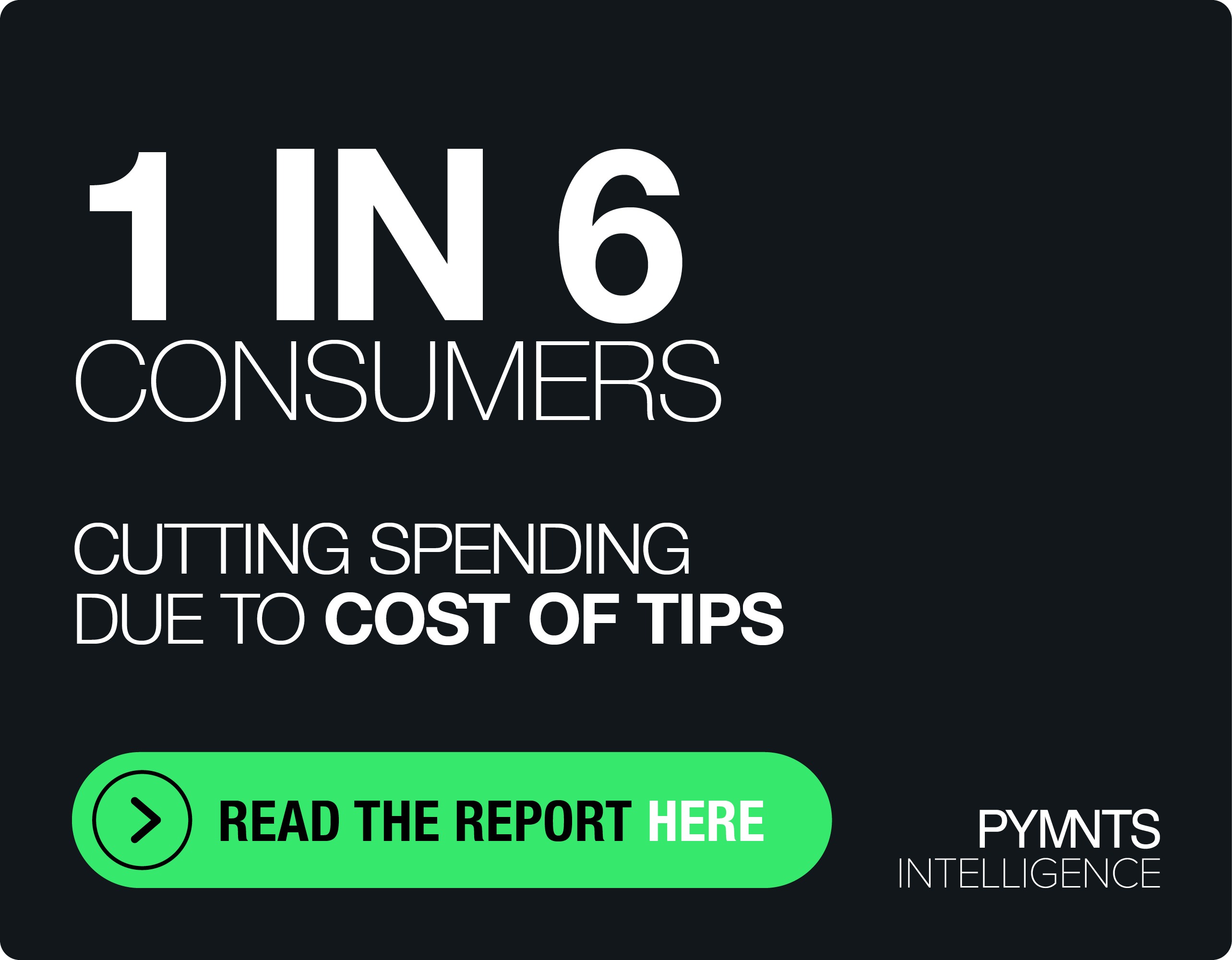Modo CEO: 2018 Was The Year Of Utility

Bruce Parker, founder and CEO of Modo, contributed the following piece as part of PYMNTS’ 2018 year-end eBook.
’Twas December 2017, and all through the global payments space, APMs and traditional banks were in a neck-and-neck race. Fanatics were shouting the old ways were dead, while visions of blockchain danced in their heads.
(Record scratch)
So, uh, that’s not exactly how 2018 turned out. A year ago, enthusiasts spoke of a world powered by cryptocurrencies and challenger banks, with alternative payment methods (APMs) such as Klarna, Google Pay and other digital or contactless methods taking over for venerable cards (which have crossed the half-century mark!). However, those changes have come slower than many hoped — and in the case of blockchain, not much at all has changed. Nope.
In 2017, everything had a little bit of blockchain on it. It was like a spice for chili (mmmm, chili). Now this technology is getting its comeuppance as banks and innovators come to realize that blockchain does not solve all problems for all people at all times. Distributed ledger is a legit cool new tech and has many applications, but there are many more problems that can — and should — be solved in different ways.
The year 2018 turned out to be less about dreaming and more about doing what needed to be done, glamorous or not. We (the royal, payments we) did not reinvent the payments experience this year. Rather, we focused on the same old things we’ve been focusing on for 45 years. We’re solving the same old problems — we’re just making things work a little bit better than before.
In short, the distractions of 2017 fell away to make way for a year of utility. Here’s where the innovation really happened in 2018.
Getting Weird with “Business as Usual”
Innovation is the exciting thing that gets people out of bed in the morning. However, this year we learned that there was unfinished business with the old way of doing things, and these seemingly straightforward problems are actually far more complex than anyone thought.
The payments space is ending 2018 with a maniacal focus on declines, reconciliation and fraud. Solving these “boring” problems requires a different sort of innovation. There are great fraud platforms out there — yet few, if any, are friendly for use in everyday business. Declines solutions are largely operating at the edges of volume and attention and still could take years to bear fruit.
We (the personal Modo we) felt that people could start to lower their decline rates instantly and easily by simplifying processor relationships. We decided to start with simple, “bump-your-head” routing so that transactions declined by one processor would simply (and automatically) try the next path, and the next, until they could be processed successfully.
It’s not elegant, but it sure is useful. Just ask the folks who are experiencing double-digit decline rates.
In 2018, offer to help banks and merchants fix declines, reconciliation, and/or fraud, and you have them at hello. Support for alternative payment methods for both making and accepting payments then becomes icing, not the core value proposition that many (including the writing and editing us) were expecting this time last year.
Reimagining APMs as Utilities
APMs remain a critical and growing part of business for anyone dealing with payments — particularly online. However, they have not yet taken over as much of the world as expected, so some players have been looking for ways to reimagine alternative payment methods as more than just payment methods.
Google Pay is a great example of this. This year, Google relaunched its Pay product not as an end-all-be-all payments system, but as a utility. Now, Google Chrome and Android devices can store card credentials for users and populate them into payment forms.
This has benefits on both sides: It saves the user from having to type his information every time he shops online, and it keeps the merchant from ever seeing its customers’ sensitive data. Google isn’t processing payments like Apple. It’s just making them easier and more secure for one end user at a time.
Also this year, we turned PayPal into a disbursements endpoint for Bank of America and Deutsche Bank, and continued our work with Klarna to enable accepting this super-smooth APM – even for merchants that have not done an integration with them (the beautiful Swedish them).
Meanwhile, back in the Valley, PayPal and Braintree made it possible to access all of their payment services, plus their cool sister company Venmo’s payment services, in one checkout button.
Our good friends at Klarna have unbundled their checkout, and are offering all the components of their unique capabilities to all comers. Now that’s a great gift to all of us (the payments geeks us).
Finally, we worked with Etihad Airways this past summer to enable passengers to combine loyalty points with value from their credit cards. Those points can now be used not just to make an airline reservation, but also at other partners.
We look forward to making loyalty points even more useful in 2019 by transforming them into a currency that can be used beyond the single entity where they were earned. Ditto gift cards, and probably some existing payments technologies that we haven’t mentioned yet.
This year’s efforts, and likely next year’s as well, are all about making things that already exist work better together. These new innovations aren’t about creating from nothing; they’re about leveraging the utility we (the payments stalwarts we) already have, no matter how limited that old infrastructure may be.
(Drop the needle on the record)
Merry payments to all and to all a good nine…teen.
